Wallpaper
Green home design and building ideas for your home
One way to help reduce your ecological footprint is to start with your home.
The idea behind building a green home is to be as environmentally conscious and energy-efficient as possible. Although the process of going green may be slightly costly at first, the result will save you and your family money in the long run. Building a green home to reduce emissions, save energy, and efficiently use natural resources doesn’t have to be hard. The concepts are simple and some of the smallest changes can have a bigger positive impact than you think.
The idea behind building a green home is to be as environmentally conscious and energy-efficient as possible. Although the process of going green may be slightly costly at first, the result will save you and your family money in the long run. Building a green home to reduce emissions, save energy, and efficiently use natural resources doesn’t have to be hard. The concepts are simple and some of the smallest changes can have a bigger positive impact than you think.
Design with intention
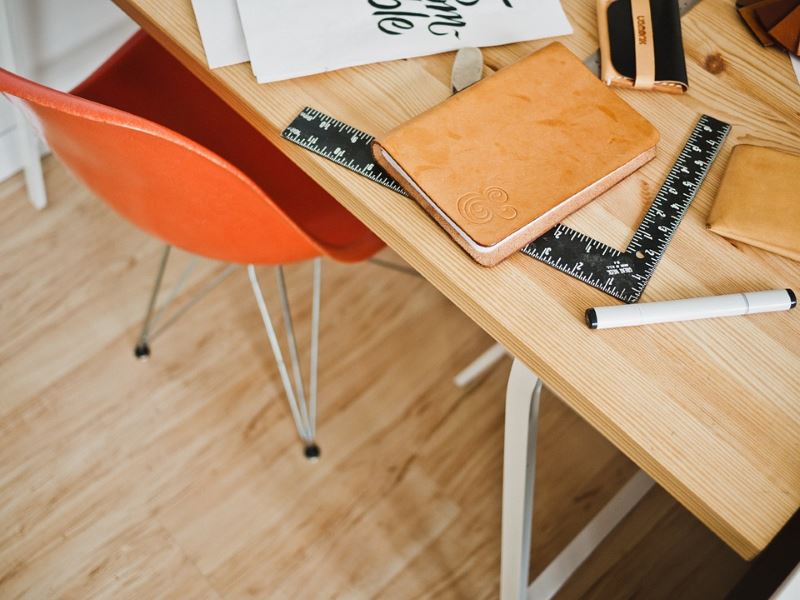
It all starts with the foundation. If you have the opportunity to build your own home it’s important to implement your green thinking as early as possible.
There are a lot of ways to have the foundation of your home encourage an eco-friendly lifestyle. According to a study done by the Department of Energy and the U.S. Green Building Council, by the time you have spent just 3 percent of your total design budget, you have already predetermined 70 percent of the house’s future energy usage.
The way you place rooms, the direction of the house and the window orientation are major players in energy conservation. By taking into account the layout of the rooms and floor plan will make the other sustainability efforts a lot more effective.
Start with passive solar heating
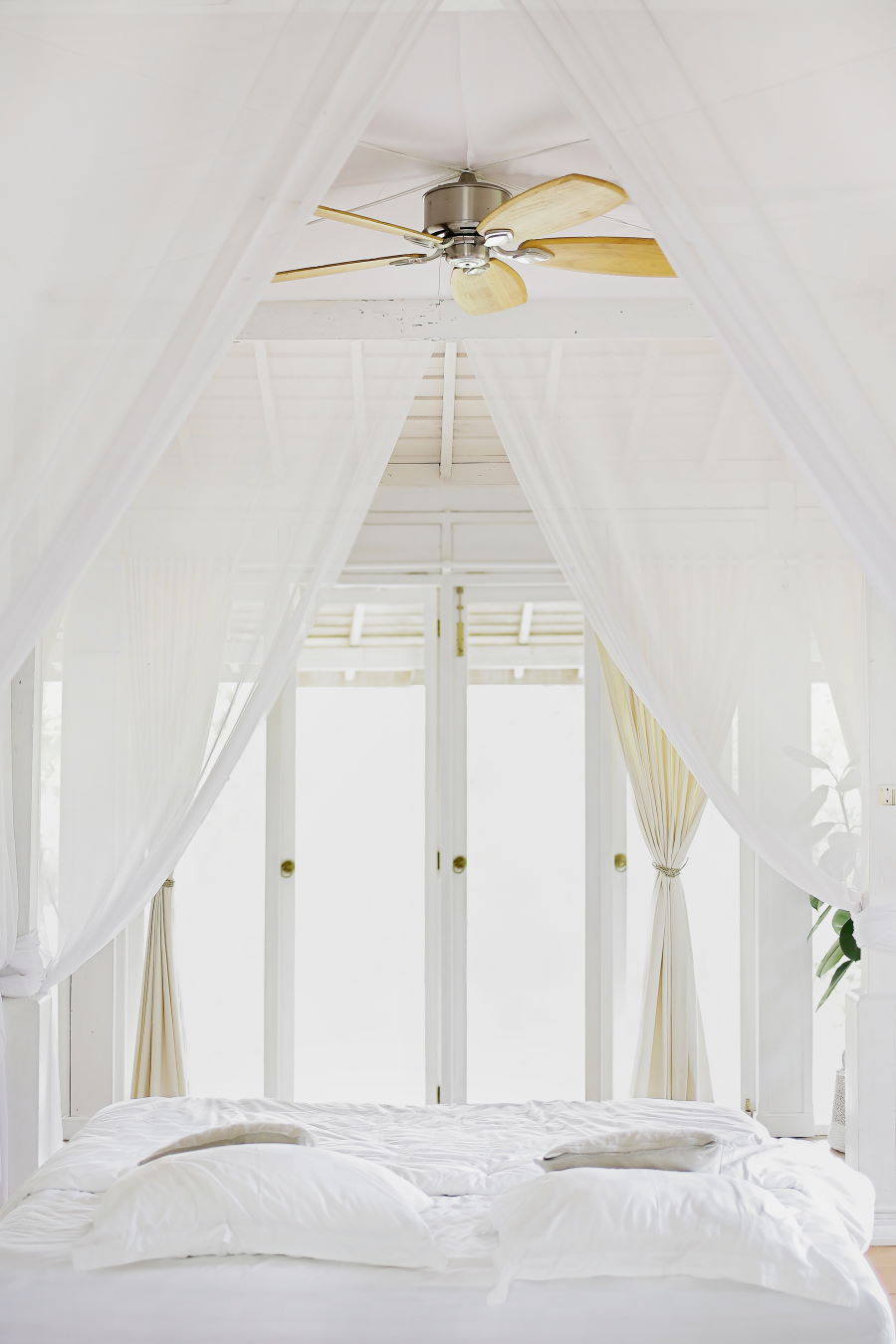
It doesn’t necessarily take a bunch of gadgets and expensive purchases to significantly increase your homes energy efficiency. Properly orienting your home to maximize the amount of passive solar heat is one of the best ways to drive down energy consumption.
To start, a home should have large, south-facing windows to collect as much of the sun’s heat throughout the day as possible. Each site is different and analysis should be performed to maximize the benefits of the design or when planning to retrofit your current home.
Install solar panels
With some upfront investment, solar panels can be used as a primary source of electrical energy. Not only is it an extremely eco-friendly option, it can also protect you from short circuits and fires. Solar panels are usually placed on your roof facing the sides getting the most sun exposure to ensure you can soak up enough solar energy to power your utilities. Considering this as an option when designing your roof allows you to pick a roofing material that will reflect even more light. You can always add solar panels to existing homes or start small by using solar-powered lights for outdoor walkways or porches.
Build with recycled materials
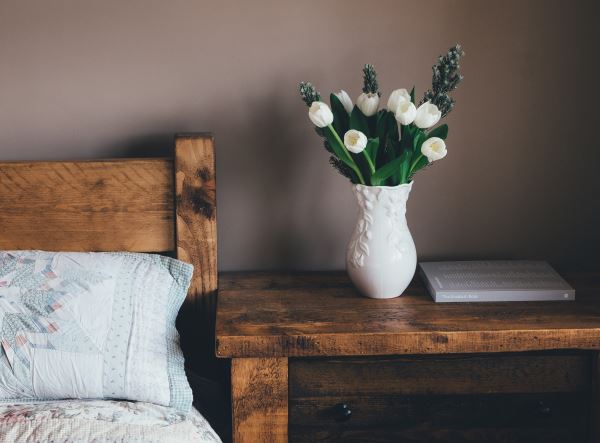
Recycling can mean more than not throwing away your plastics. There are several options for building materials that are sourced from recycled materials. There is recycled cork flooring, rubber roofing alternatives, carpets made using recycled plastic bottles, wood sourced from sustainable forests, and even recycled glass countertops to replace less eco-friendly options like marble or granite option.
Properly insulate
Having your house properly insulated helps retain heat and allows for proper airflow. The US Department of Energy estimates that 44 per cent of the energy usage in homes is spent on heating and cooling alone. The better your insulation the less money and energy you need to spend regulating the heating and cooling. Using materials other than fibreglass will also reduce your footprint because the production of fibreglass is up to 10 times more energy-intensive than other eco-friendly alternatives.
Use energy-efficient appliances
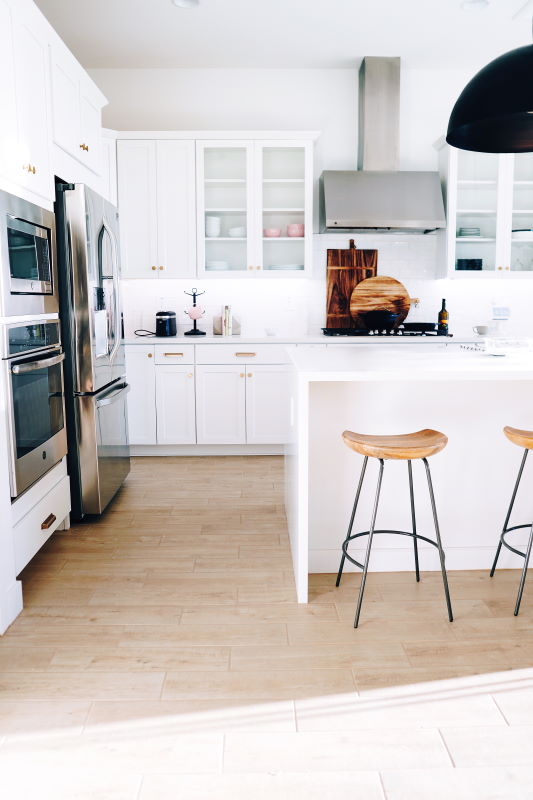
To save even more on water consumption you can pick a dual-flush toilet which offers two flushing options. This alone might save up to 80% on toilet water usage. Swapping your refrigerator, dishwasher, washing machine and dryer for certified energy-efficient ones could improve your efficiency by about 20 per cent.
Install energy-efficient lighting
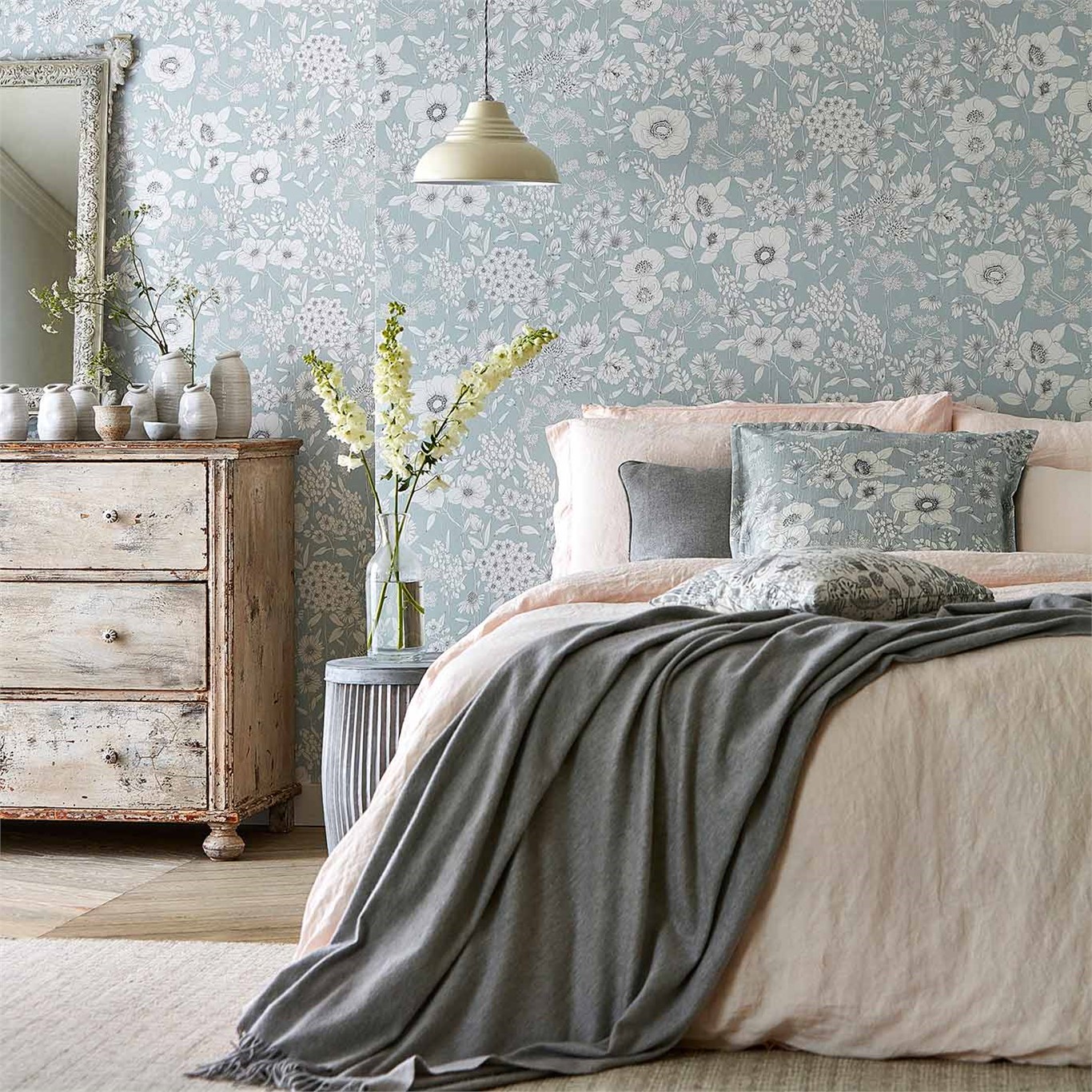
Not only can you reduce the need for artificial lighting by keeping shades open and using skylights, you can also use compact fluorescent and LED lighting to save power and prevent contributing greenhouse gas emissions. LED lighting is up to 80% more efficient than incandescent lights. In fact, if each American household replaced just one traditional light with a compact fluorescent it would reduce as much pollution as removing 1 million cars from the road. Most light fixtures and bulbs are clearly labelled so it can be as simple as switching one for another.
Building a green home is a great way to do your part to save the planet while saving money as a homeowner. There are many other ways to incorporate sustainability into your home and your daily life. All of these and more will benefit both your family and the global environment.

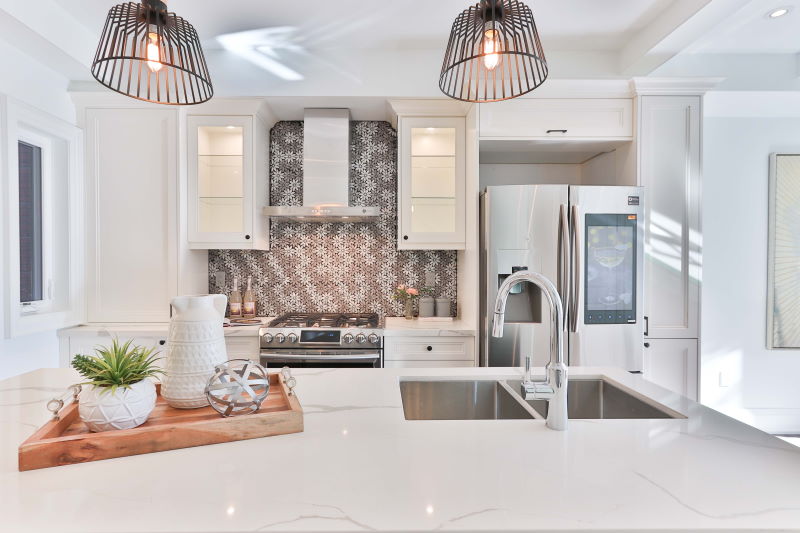
Having your house properly insulated sounds like an amazing idea. It will help keeping the house warm during the winter and you won’t have to spend a lot on heating. Thank you for sharing the idea! It was really helpful.